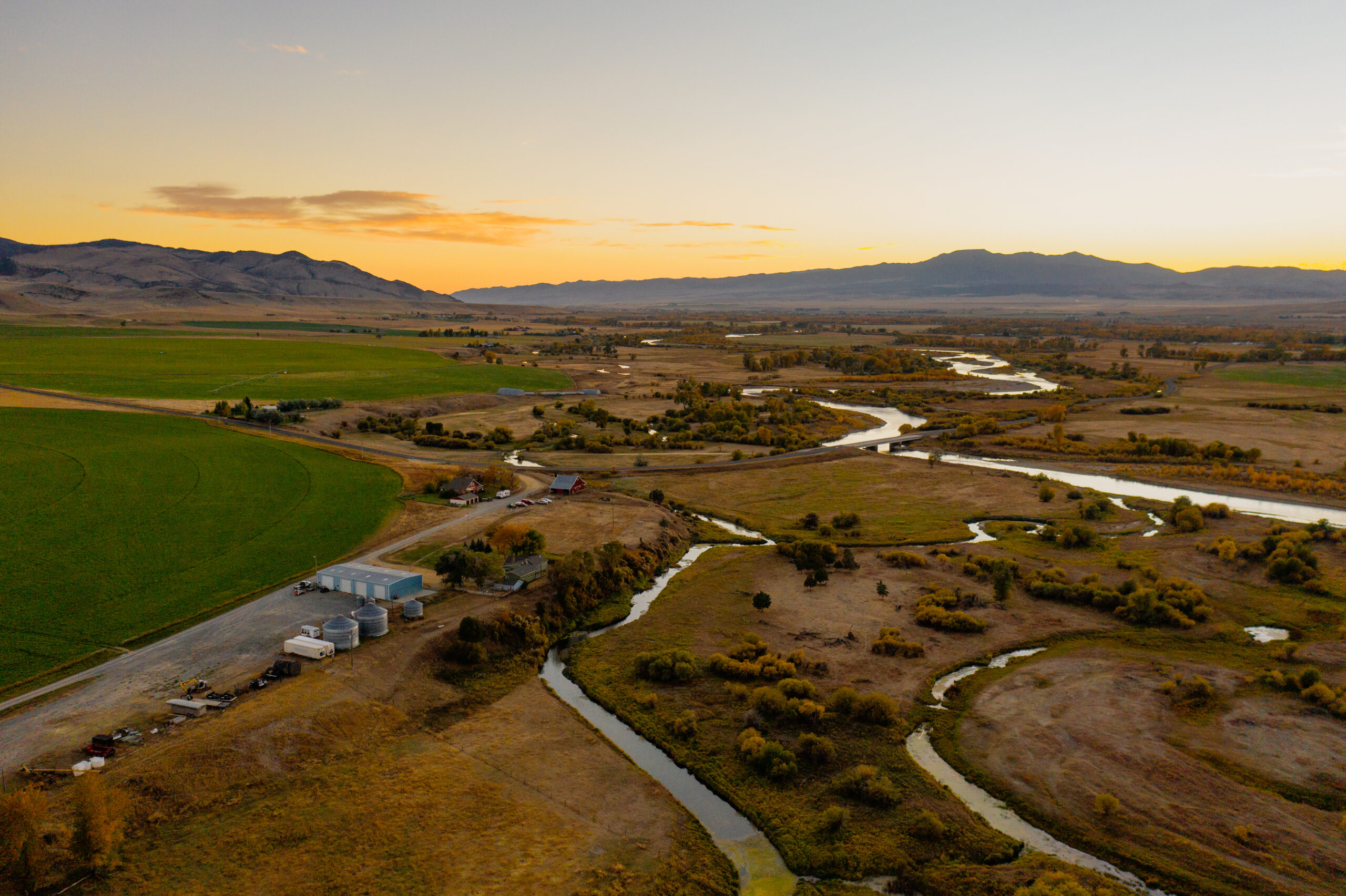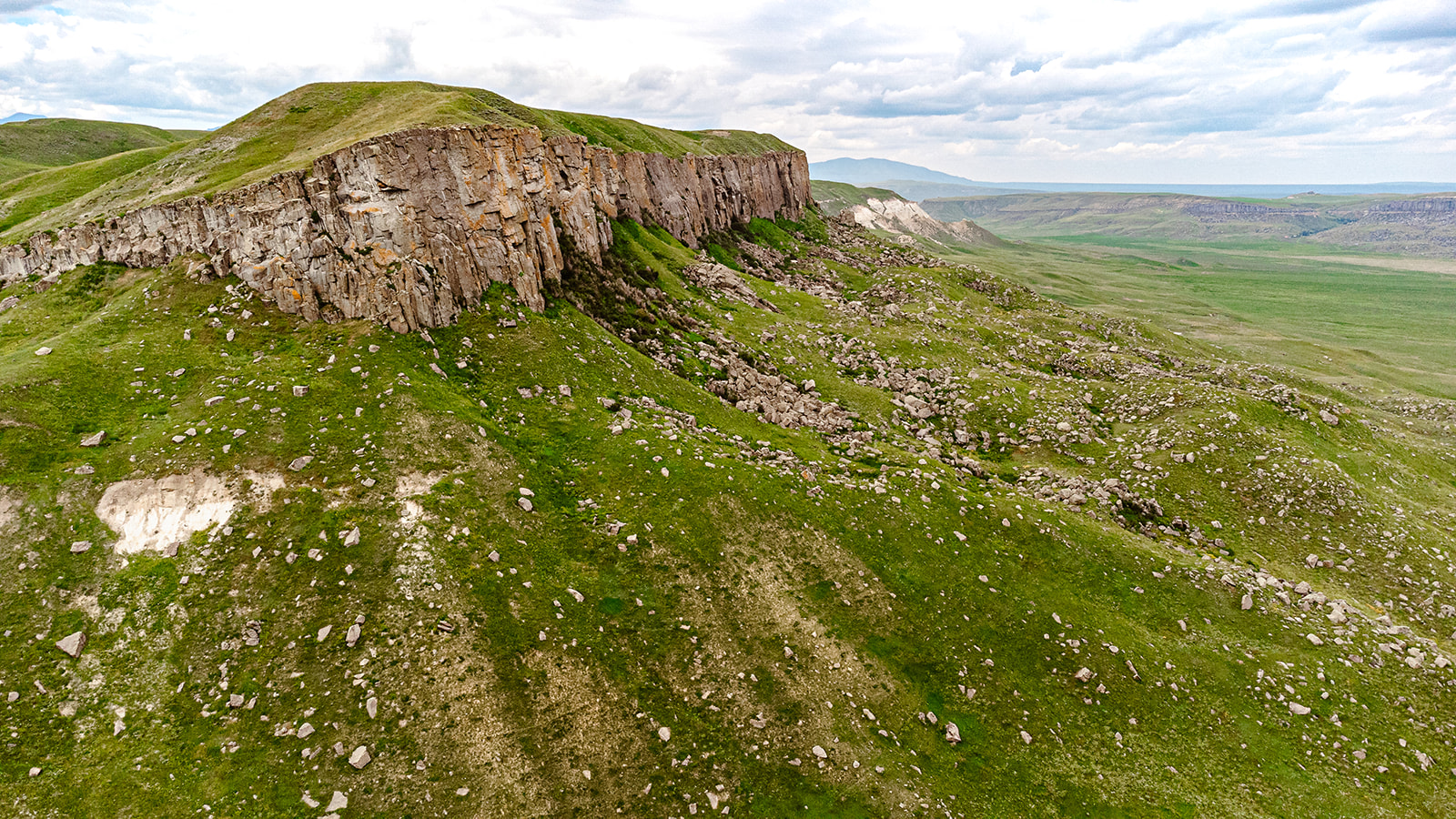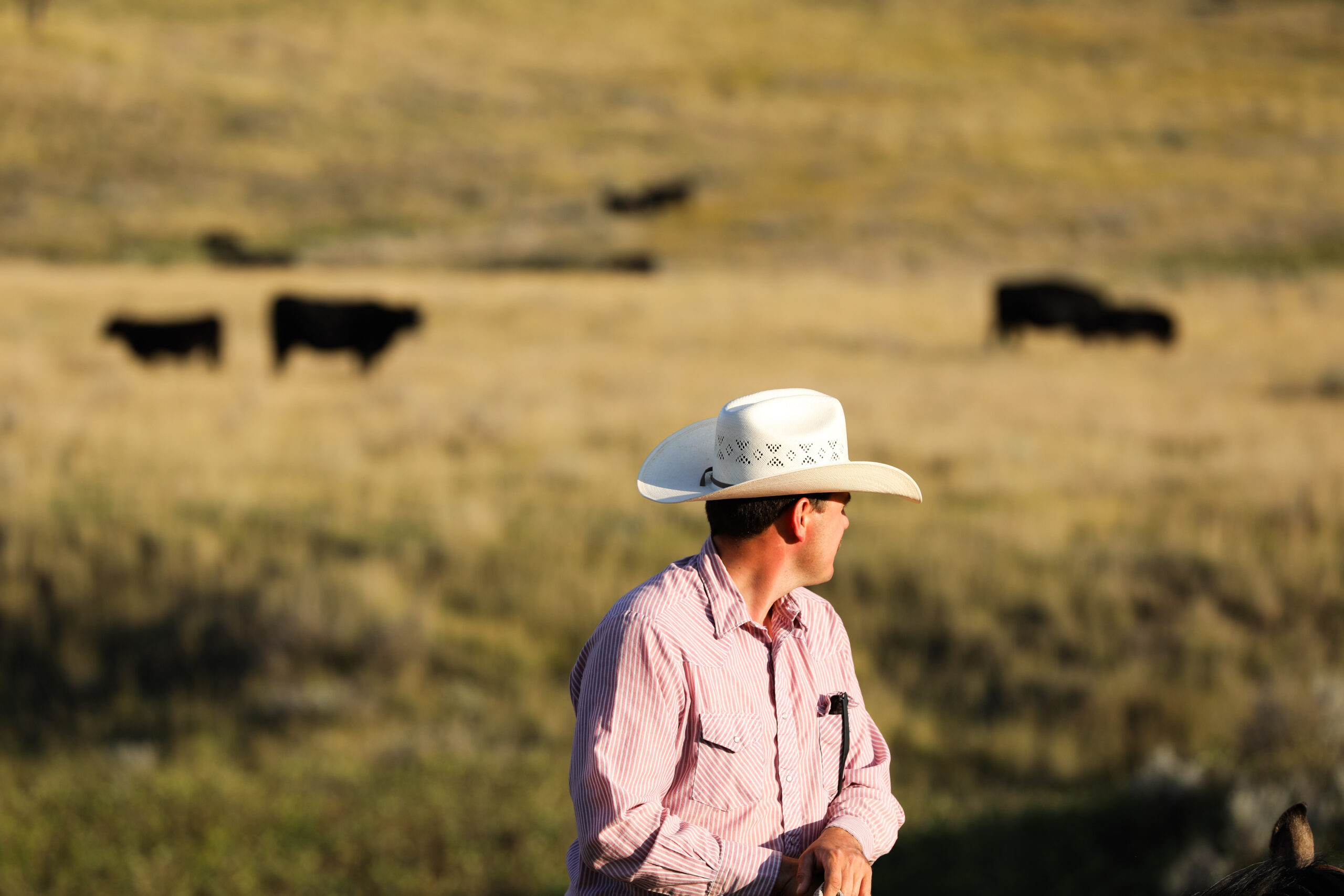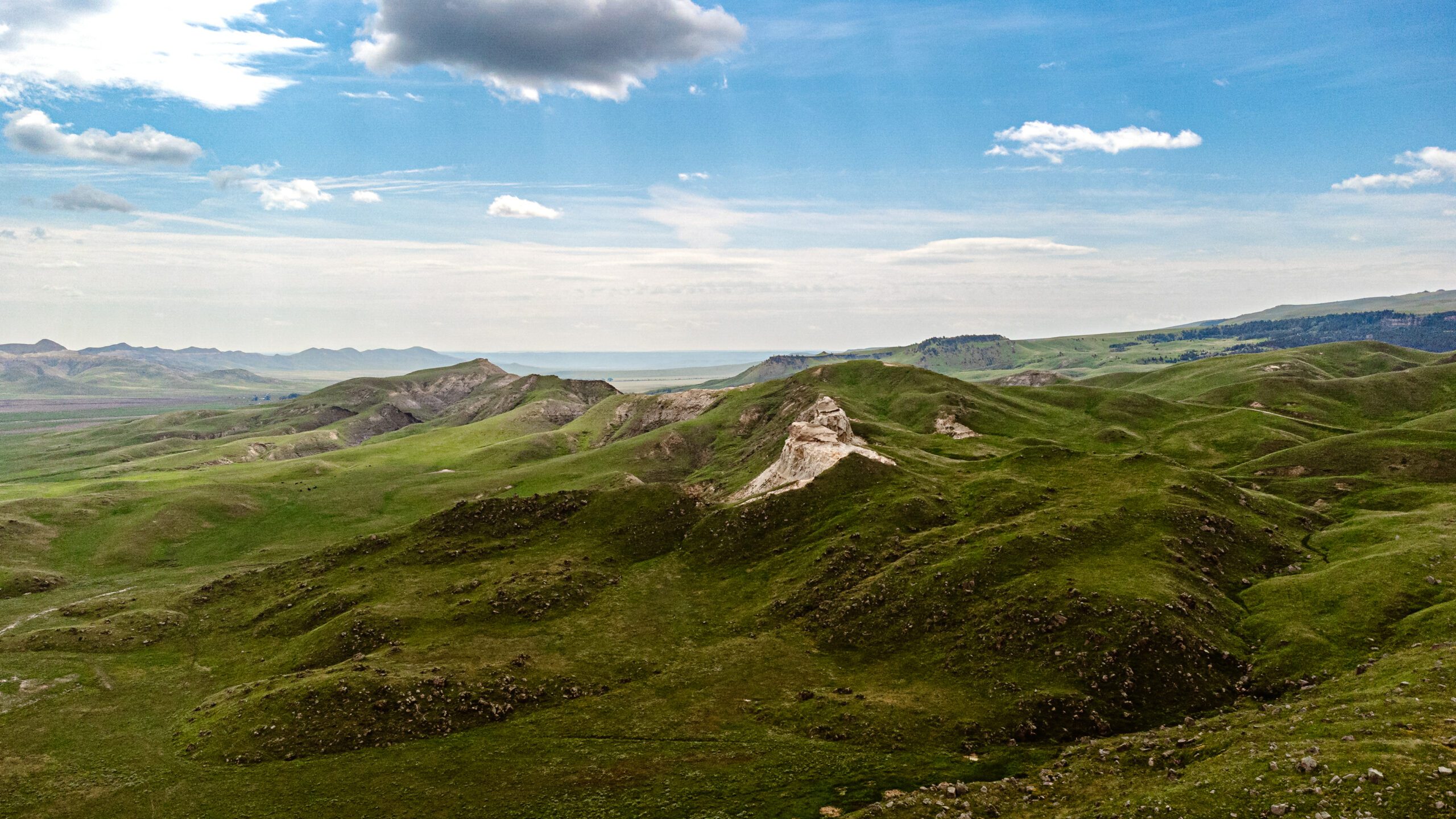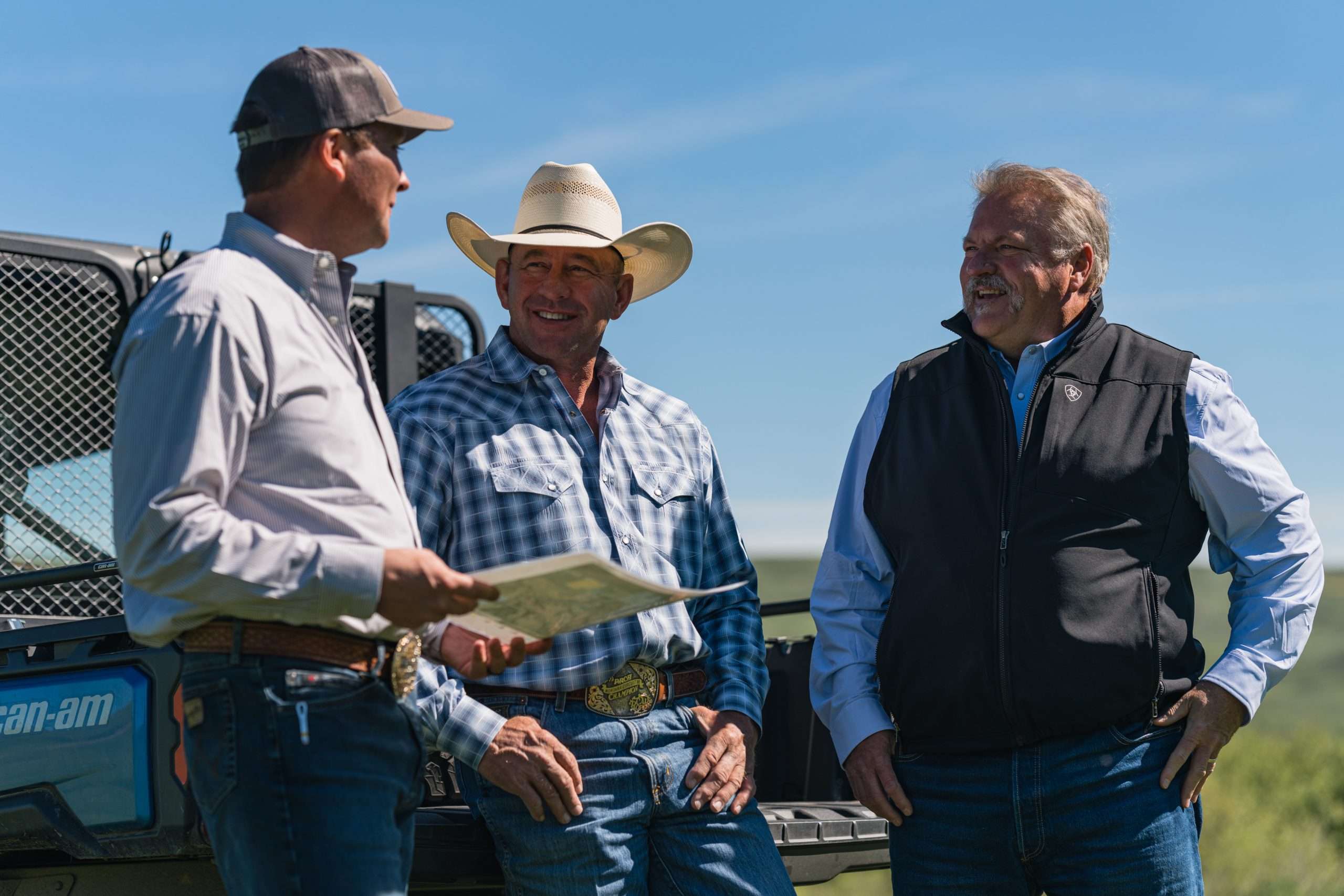Update: Summer 2022 Grazing Outlook
Montana welcomed much needed cooler temperatures in April and May, along with several storms that brought snowpack levels in higher elevations up to average levels. The slightly below average temperatures in Spring 2022 helped prevent mid-elevation snowmelt, keeping snowpack levels high in nearly all of Montana’s basins.
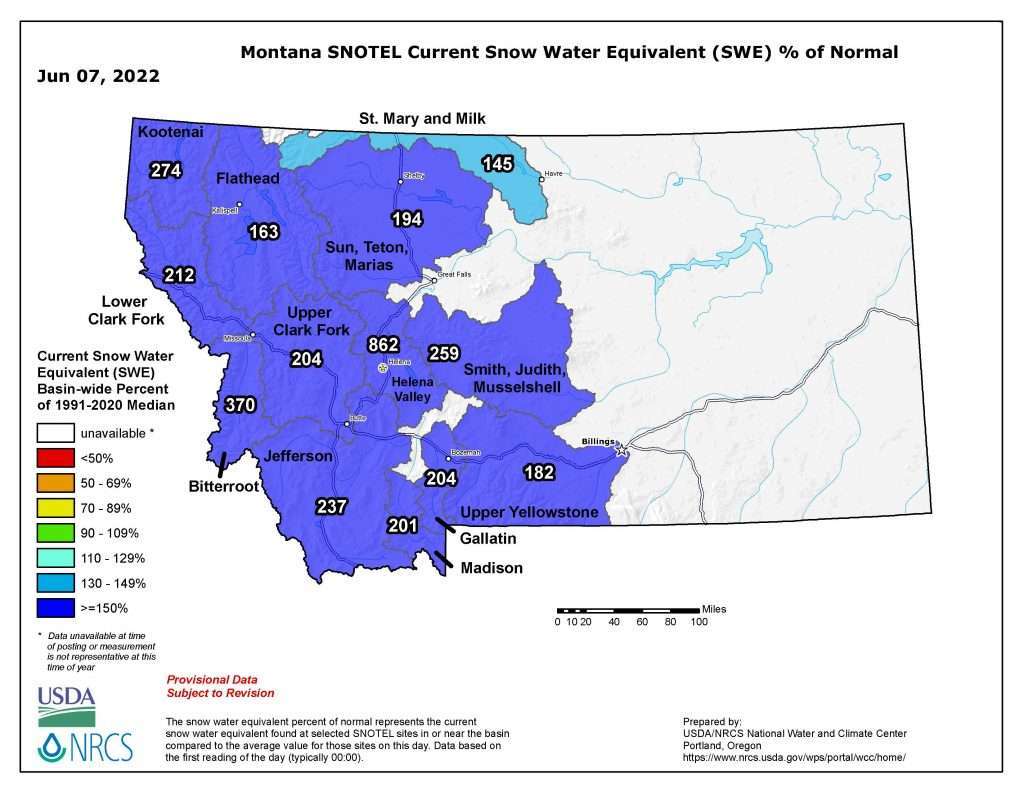
Southcentral and Southeast Montana basins received higher than normal precipitation in April and currently have strong snow water equivalent (SWE) levels. At the time of the NRCS Montana Water Supply Outlook Report dated June 1, 2022, all reporting basins had over 100% of their median snowpack levels.
More rain and below average temperatures are still needed to offset the shortages from January, February and March. But despite the drought conditions still facing the West, the recent weather in Montana has been very encouraging to producers.
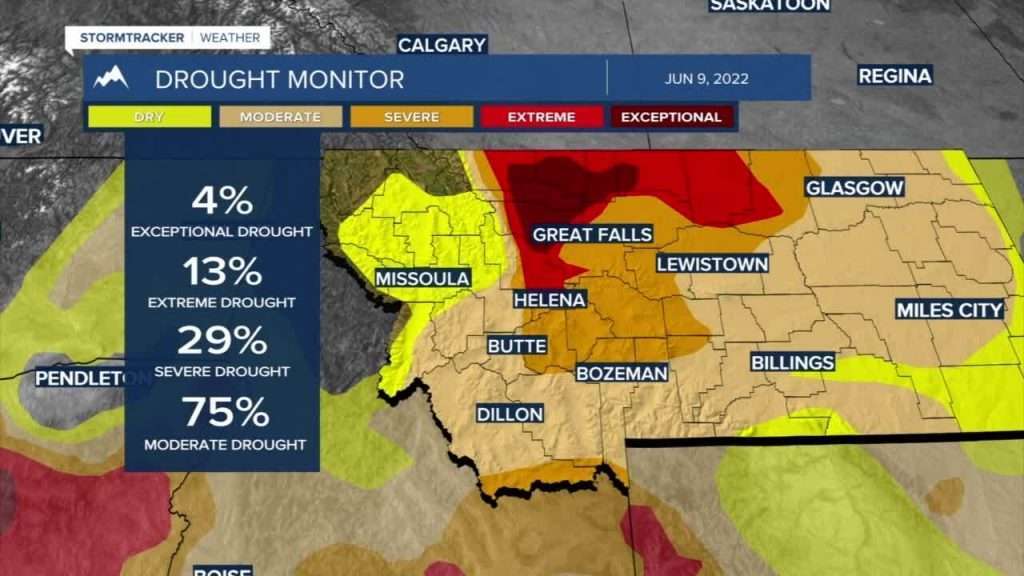
The long term weather outlook for the Western United States indicates higher than normal temperatures ahead, meaning the weather this month will be critical to water supply levels during the typically drier summer months. The already parched ground absorbs rain much more quickly – drying out streams and also increasing the risk of potential wildfires. The precipitation Montana has had in June couldn’t have come at a better time, and conditions are markedly improved from this time last year.
As the agricultural community closely monitors the weather conditions over the next few weeks, the safe bet is to be prepared for drought conditions again this year just in case. If the drought does indeed continue, pastures will need more recovery time, and operators may need to wait longer to turn out cattle or find alternative feed sources.
If you’re looking to expand the grazing footprint of your operation, or considering selling your ranch, talk to one of our brokers and find out how we can go to work for you.


